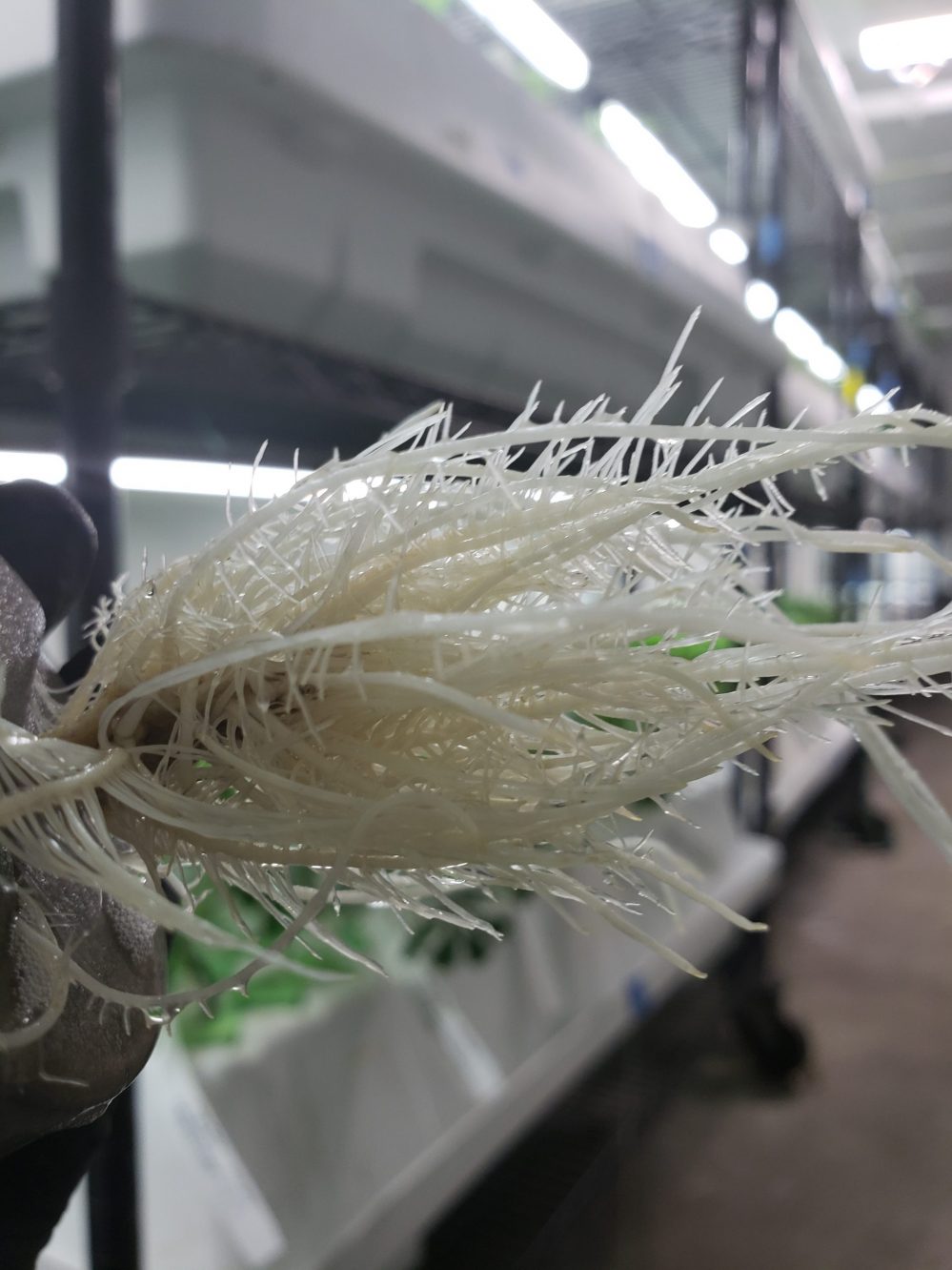HOC utilizes an advanced Tissue Culture and Micro Propagation laboratory to ensure the optimal success of all its different genetic cultivars

Summary
Tissue culture as a method of micropropagation first came to the fore in the 1950s in the orchid industry. In the decades since, the practice has been adopted by just about every other agricultural crop—from flowers, fruits and vegetables to hops, hay and, now, cannabis. Plant tissue culture is a collection of techniques harnessed to maintain or grow plant cells, tissues or organs under sterile conditions in culture media, a rich blend of ingredients that promote plant-cell growth. These ingredients can include macronutrients, micronutrients, vitamins, agar and other elements like activated charcoal. The process is widely used to produce plantlet clones using a method known as micropropagation. Tissue culture is seen as an important technology for the production of disease-free, high quality planting material and the rapid production of many uniform plants. It’s also used to preserve plant genetics.
Micropropagation, which is a form of tissue culture, increases the amount of planting material to facilitate distribution and large scale planting. In this way, thousands of copies of a plant can be produced in a limited amount of donor mother plant material. Micropropagated plants are observed to establish more quickly, grow more vigorously and are taller, have a more uniform production cycle than conventional propagules.


